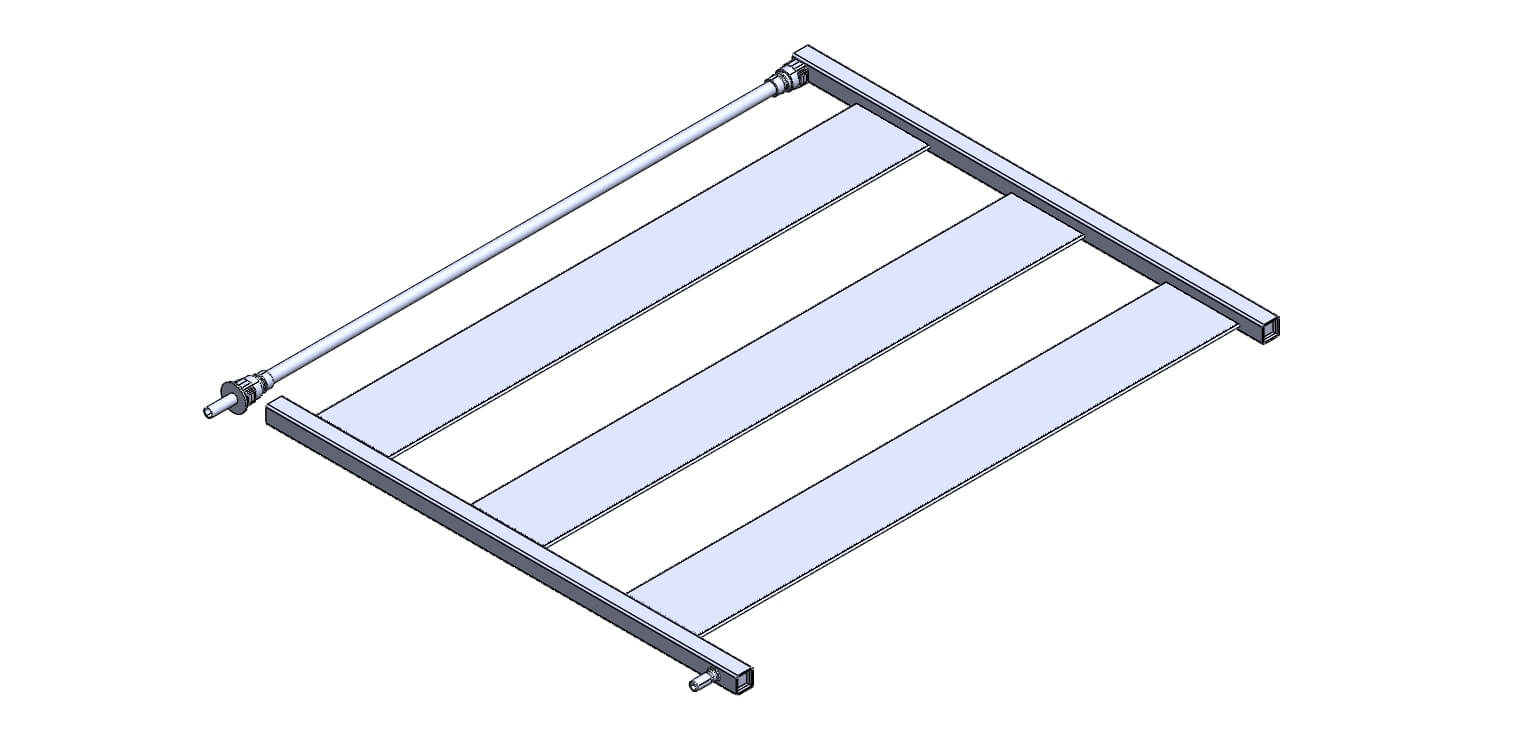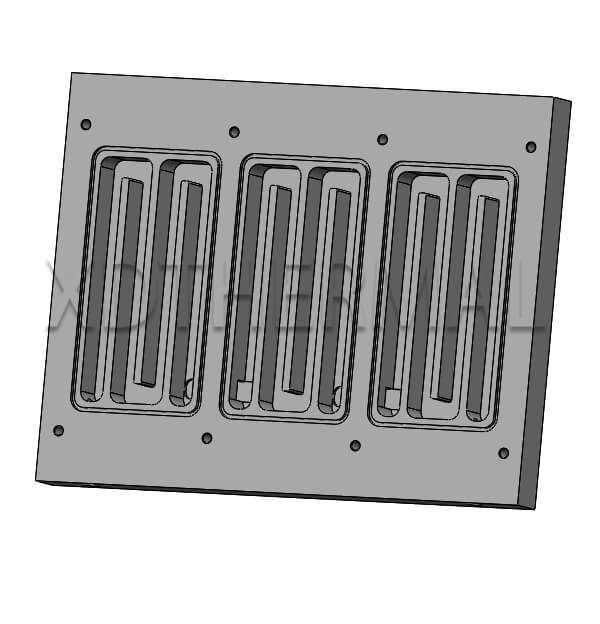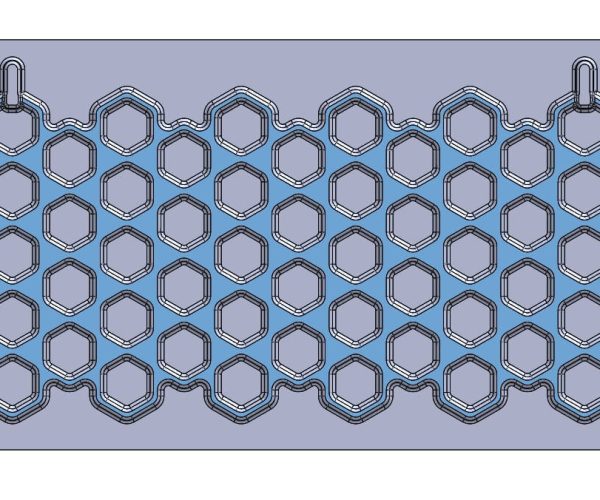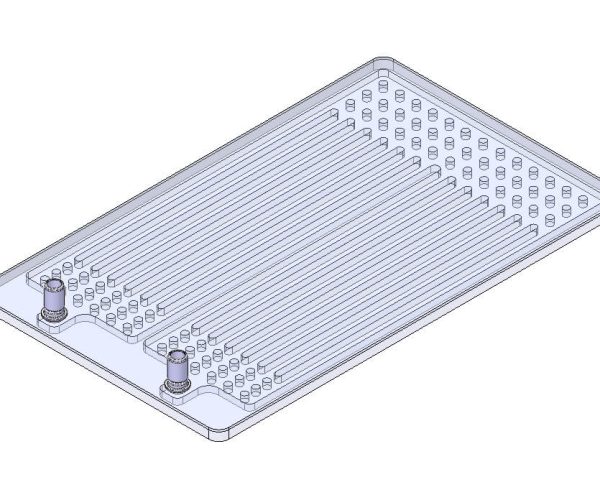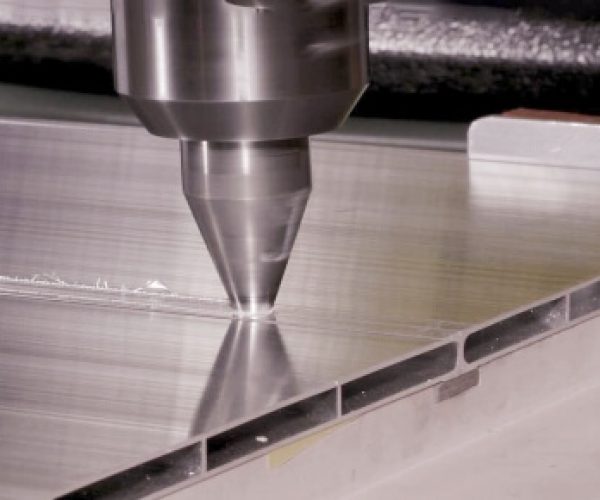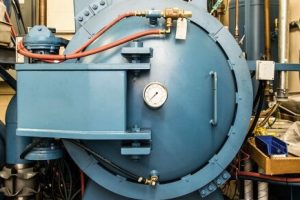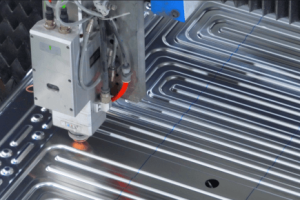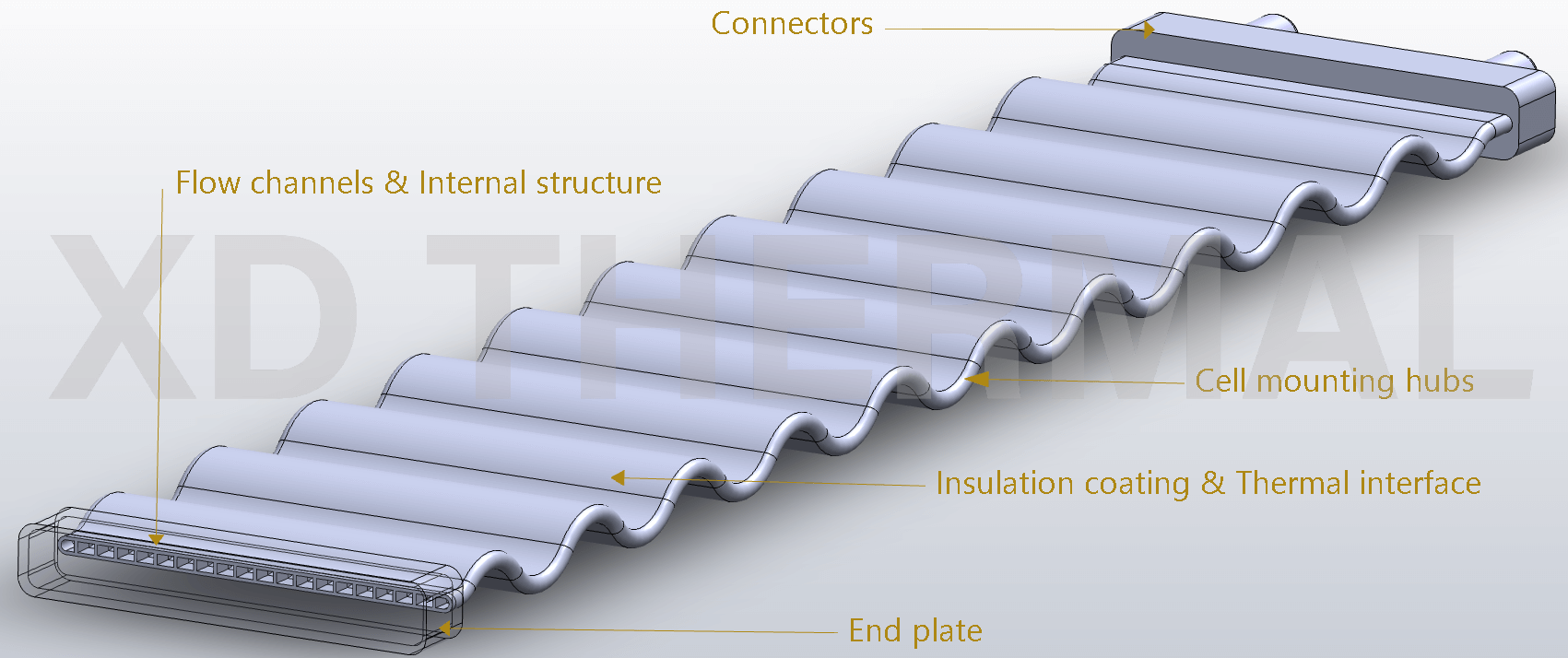Our story
About the XD THERMAL
Professional R&D and design
- 300+ ausgezeichnete erfolgreiche Fälle
Effiziente Zusammenarbeit
- Erfahrung mit OEM-Projekten
- Antworten von Experten
- Wert Der Prozess
- Ergebnisse priorisieren
Flexible Verarbeitung
- Extrusion
- Bearbeitung
- Hydroforming
- Vakuum-Löten
- Kontinuierliches Löten
- FSW
- CMT
Stabile Produktion
- IATF-zertifizierter Lieferant
- 1, 489, 200+Kapazität
- 30.000+ m² Produktionsfläche
Umfassende Prüfung
- Temperaturwechsel des Kühlmittels
- Korrosionsschutz-Tests
- Druck- und Feuchtetests
- Prüfungen des Strömungswiderstands
- Dichtheitsprüfung
- Isolationsprüfungen
- Berstdruckprüfungen




